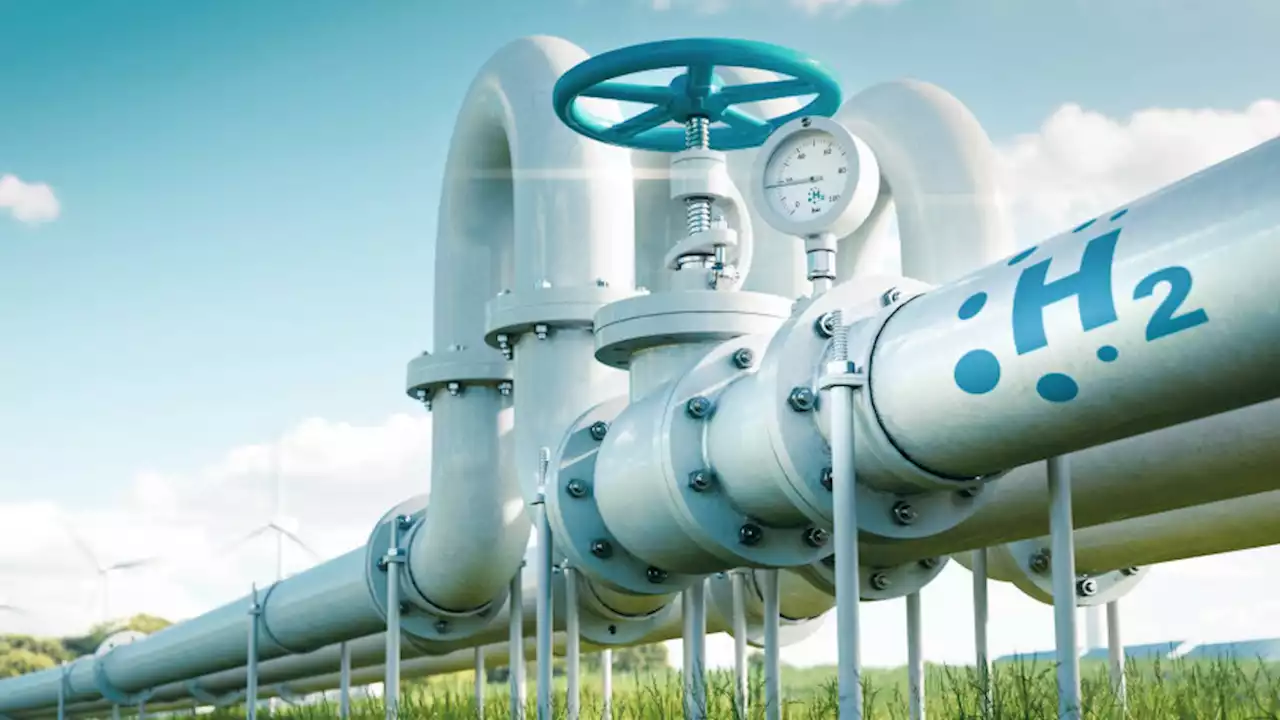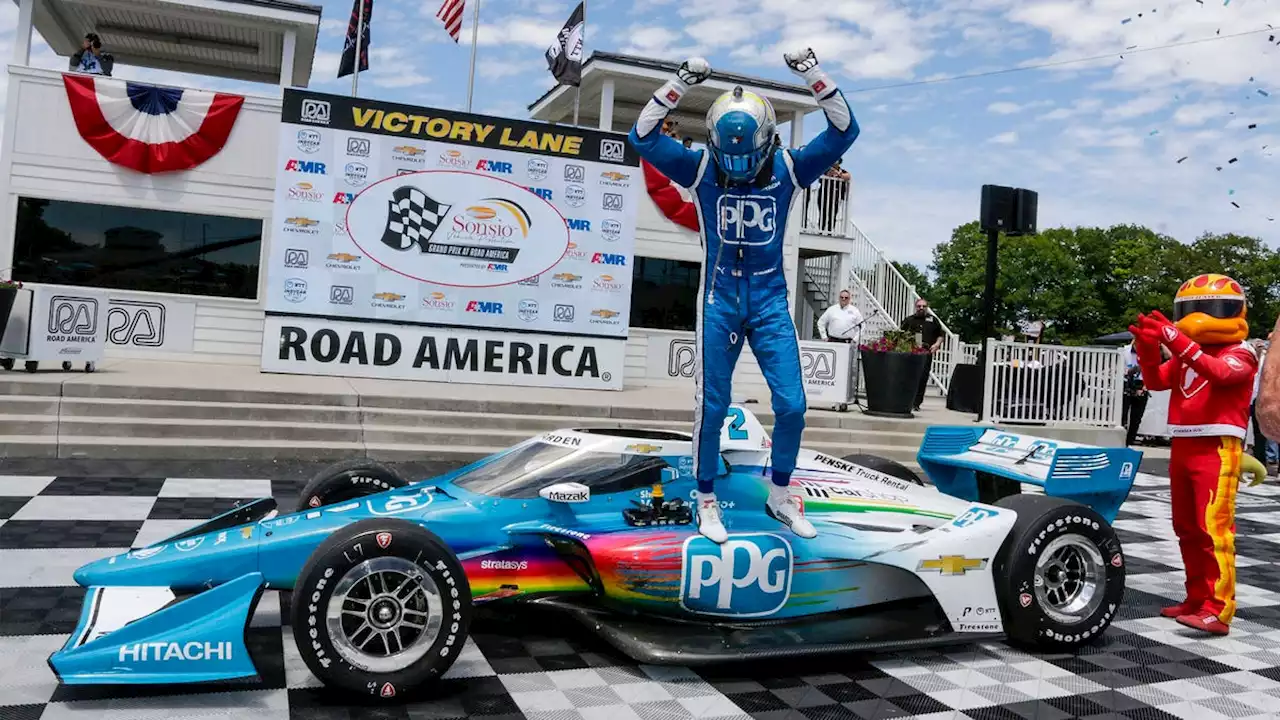The maker of the BAC Mono sports car has completed the first stage of project to develop an electric version with hydrogen technology, which will be called the BAC e-Mono
With the diminutive Mono, there was nowhere to hide from that reality. BAC calculated that a battery-electric solution would have added 50% to the weight of the car and, while capable of the same absolute performance, the extra bulk would have detracted from its agility and cornering ability. The solution was to draw on Viritech’s expertise in small, lightweight fuel cell systems to design a fuel cell powertrain to fit in the same chassis and body envelope as the conventional Mono.
Although it was accepted from the outset that the fuel cell system – consisting of a fuel cell stack, hydrogen tank and 20kWh battery – would weigh more than the four-cylinder petrol engine and fuel tank, the difference wouldn’t be enough to compromise the Mono’s ability. A packaging advantage of all fuel-cell systems is that they can be distributed within the chassis.
In this case, the battery was mounted as far under the seat as possible, with its casing becoming a structural component of the chassis. That in turn increased packaging space, with the fuel cell mounted above the battery and its air-compressor tucked inside the air-intake pod through which the petrol engine would normally breathe. It works, too, with a projected 371bhp produced by the four axial-flux electric motors.
Two wheel motors at the front develop 55bhp each, while two inboard motors driving the rear wheels produce the remaining 261bhp. Power is supplied at 400V by a combination of the 80kW fuel cell stack and 197kW battery. In simulated laps of Silverstone, the e-Mono bettered the Mono-R’s time by 2.07sec, at 2min 4.23sec. Top speed is 165mph and 0-62mph 2.2sec.
On-road range is calculated to be 166 miles on the WLTP cycle, equating to an estimated real-world range of 140 miles. Improvements in the fuel-cell design are expected to boost range by 50% by 2024, taking the real-world range to around 210 miles. Further developments in the shape of a carbonfibre case for the fuel cell and a new battery module are expected to bring the weight difference between the e-Mono and Mono-R down to around 100kg or so.
United States Latest News, United States Headlines
Similar News:You can also read news stories similar to this one that we have collected from other news sources.
 Researchers develop the first ever gas turbine powered by pure hydrogenResearchers at the University of Stavanger have announced that they have successfully developed a method for using pure hydrogen as fuel in a gas turbine.
Researchers develop the first ever gas turbine powered by pure hydrogenResearchers at the University of Stavanger have announced that they have successfully developed a method for using pure hydrogen as fuel in a gas turbine.
Read more »
 Researchers created living skin for robots, and it’s pure nightmare fuelResearchers have created a new living skin for robots that looks, feels, and acts the same as human skin that is made from human skin cells.
Researchers created living skin for robots, and it’s pure nightmare fuelResearchers have created a new living skin for robots that looks, feels, and acts the same as human skin that is made from human skin cells.
Read more »
 A Blind Man Can See Again, Thanks to a New Gene TherapyScientists just curated light-sensitive cells using algae and microbes! This proof-of-concept fights serious blindness.
A Blind Man Can See Again, Thanks to a New Gene TherapyScientists just curated light-sensitive cells using algae and microbes! This proof-of-concept fights serious blindness.
Read more »
 Blues and twos: why you should buy a used police car | AutocarIt may have had a hard working life, but a diligently cared-for ex-police vehicle can make for a sound used car bargain
Blues and twos: why you should buy a used police car | AutocarIt may have had a hard working life, but a diligently cared-for ex-police vehicle can make for a sound used car bargain
Read more »
 Autocar magazine subscription | Haymarket Media GroupSave big this Father's Day on an Autocar subscription - because which Dad doesn't love a deal?
Autocar magazine subscription | Haymarket Media GroupSave big this Father's Day on an Autocar subscription - because which Dad doesn't love a deal?
Read more »
 Josef Newgarden gets another chance and pulls away this time for a second Road America IndyCar victoryThe Penske driver led 25 of 55 laps and pulled away on a restart with three laps to go to finish ahead of Marcus Ericsson and Alexander Rossi.
Josef Newgarden gets another chance and pulls away this time for a second Road America IndyCar victoryThe Penske driver led 25 of 55 laps and pulled away on a restart with three laps to go to finish ahead of Marcus Ericsson and Alexander Rossi.
Read more »
